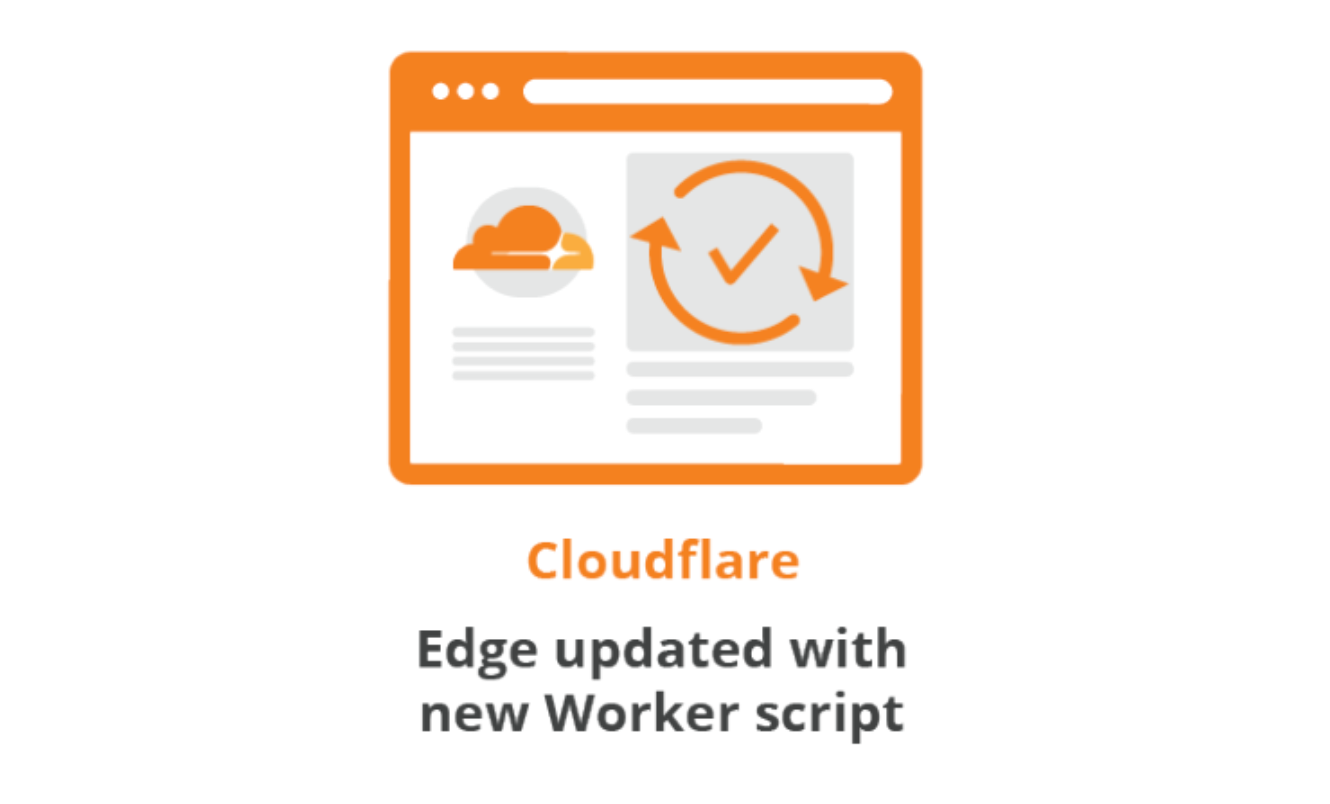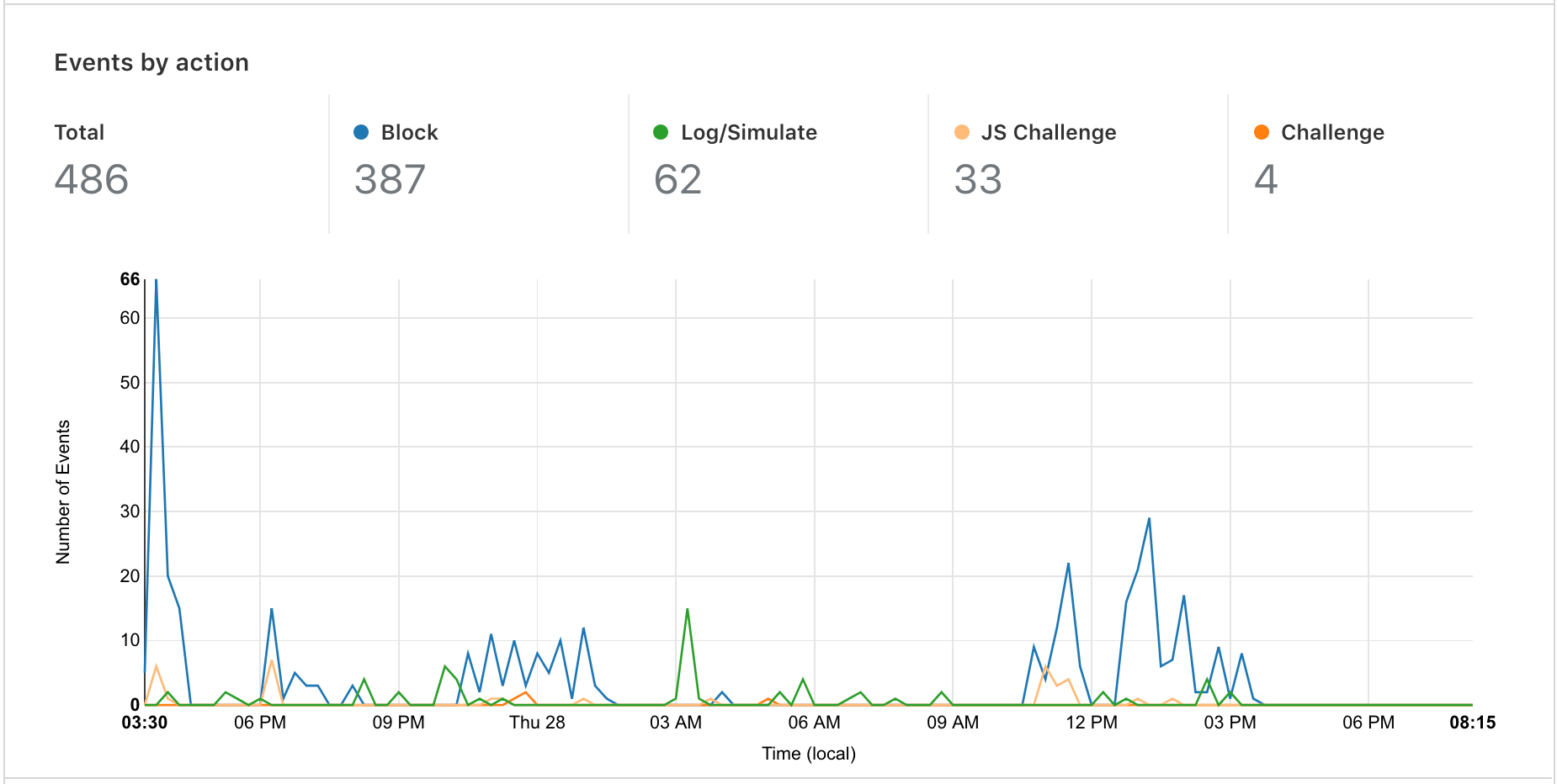Small Cell Forum Sees API Dev Progress for 5G Interoperability
 The APIs are designed to complement ongoing work by 3GPP and other industry groups working for...
The APIs are designed to complement ongoing work by 3GPP and other industry groups working for...
Connecting RasPBX via SIP Trunk

The previous tutorial has covered RasPBX installation on Raspberry Pi 3 board. At the end of the tutorial we have tested local calls between chan_sip extensions 1010 and 1020 that are registered to RasPBX. This time we will go further and connect RasPBX with another FreePBX VOIP system via PJSIP trunk. The FreePBX is running on VirtualBox and it is in version 14 with Asterisk 13. As the last step of the tutorial, we will test VOIP calls between RasPBX with FreePBX that are interconnected by PJSIP trunk.
As we have mentioned, a complete RasPBX and Zoiper softphones installation and configuration is covered in a previous tutorial (except the SIP trunk). Also, the tutorial does not cover installation of FreePBX on VirtualBox VM. So far, our inventory contains RasPBX and FreePBX with the following components.
RasPBX - Asterisk on Raspberry PI board:
- Asterisk 13.22.0
- FreeBPX 14.0.3.13
- Zoiper softphone on Ubuntu 18.0.4, IP 172.17.100.2/16, ext. 1010
- Zoiper softphone on Android 5.1, IP 172.17.100.5/16, ext. 1020
FreePBX - Installed on VirtualBox VM
- Asterisk 13.19.1
- FreeBPX 14.0.3.13
Continue reading
Deploying Workers with GitHub Actions + Serverless

If you weren’t aware, Cloudflare Workers, our serverless programming platform, allows you to deploy code onto our 165 data centers around the world.
Want to automatically deploy Workers directly from a GitHub repository? Now you can with our official GitHub Action. This Action is an extension of our existing integration with the Serverless Framework. It runs in a containerized GitHub environment and automatically deploys your Worker to Cloudflare. We chose to utilize the Serverless Framework within our GitHub Action to raise awareness of their awesome work and to enable even more serverless applications to be built with Cloudflare Workers. This Action can be used to deploy individual Worker scripts as well; the Serverless Framework is being used in the background as the deployment mechanism.
Before going into the details, we’ll quickly go over what GitHub Actions are.
GitHub Actions
GitHub Actions allow you to trigger commands in reaction to GitHub events. These commands run in containers and can receive environment variables. Actions could trigger build, test, or deployment commands across a variety of providers. They can also be linked and run sequentially (i.e. ‘if the build passes, deploy the app’). Similar to many CI/CD tools, these commands run Continue reading
New Firewall Tab and Analytics

At Cloudflare, one of our top priorities is to make our products and services intuitive so that we can enable customers to accelerate and protect their Internet properties. We're excited to launch two improvements designed to make our Firewall easier to use and more accessible, and helping our customers better manage and visualize their threat-related data.
New Firewall Tabs for ease of access
We have re-organised our features into meaningful pages: Events, Firewall Rules, Managed Rules, Tools, and Settings. Our customers will see an Overview tab, which contains our new Firewall Analytics, detailed below.

All the features you know and love are still available, and can be found in one of the four new tabs. Here is a breakdown of their new locations.
| Feature | New Location |
|---|---|
| Firewall Event Log | Events (Overview for Enterprise only) |
| Firewall Rules | Firewall Rules |
| Web Application Firewall | Managed Ruleset |
| IP Access Rules (IP Firewall | Tools |
| Rate Limiting | Tools |
| User Agent Blocking | Tools |
| Zone Lockdown | Tools |
| Browser Integrity Check | Settings |
| Challenge Passage | Settings |
| Privacy Pass | Settings |
| Security Level | Settings |
If the new sub navigation has not appeared, you may need to re-login to the dashboard or clear your browser’s cookies.
New Firewall Analytics for analysing events and Continue reading
Smart NICs and Related Linux Kernel Infrastructure
A while ago we did a podcast with Luke Gorrie in which he explained why he’d love to have simple, dumb, and easy-to-work-with Ethernet NICs. What about the other side of the coin – smart NICs with their own CPU, RAM and operating system? Do they make sense, when and why would you use them, and how would you integrate them with Linux kernel?
We discussed these challenges with Or Gerlitz (Mellanox), Andy Gospodarek (Broadcom) and Jiri Pirko (Mellanox) in Episode 99 of Software Gone Wild.
Read more ...gRPC Telemetry
Here is the presentation I did to present gRPC Telemetry: gRPC-Telemetry Enjoy, DavidgRPC Telemetry
Here is the presentation I did to present gRPC Telemetry: gRPC-Telemetry Enjoy, DavidIntroducing IPv6 in NSX-T Data Center 2.4
With the latest release for VMware NSX-T Data Center 2.4, we announced the support for IPv6. Since the advent of IPv4 address space exhaustion, IPv6 adoption has continued to increase around the world. A quick look at the Google IPv6 adoption statistics proves the fact that IPv6 adoption is ramping up. With the advances in IoT space and explosion in number of endpoints (mobile devices), this adoption will continue to grow. IPv6 increases the number of network address bits from its predecessor IPv4 from 32 to 128 bits, providing more than enough globally unique IP addresses for global end-to-end reachability. Several government agencies mandate use of IPv6. In addition to that, IPv6 also provides operational simplification.
NSX-T Data Center 2.4 release introduces the dual stack support for the interfaces on a logical router (now referred as Gateway). You can now leverage all the goodness of distributed routing or distributed firewall in a single tier topology or multi-tiered topology. If you are wondering what dual stack is; it is the capability of a device that can simultaneously originate and understand both IPv4 and IPv6 packets. In this blog, I will discuss the IPv6 features that are made generally available Continue reading
Kernel of Truth season 2 episode 2: The future of the Linux Kernel
Subscribe to Kernel of Truth on iTunes, Google Play, Spotify, Cast Box and Sticher!
Click here for our previous episode.
This episode, host Brian is joined by two of our in-house Linux Kernel experts David and Roopa. Joining them is Attilla who, like many of you, is curious about what’s coming down the line in regards to the Linux Kernel. Since they’re working ahead of everyone, what can we look forward to in the future? We promise you won’t need a crystal ball to find out, just listen here!
Guest Bios
Brian O’Sullivan: Brian currently heads Product Management for Cumulus Linux. For 15 or so years he’s held software Product Management positions at Juniper Networks as well as other smaller companies. Once he saw the change that was happening in the networking space, he decided to join Cumulus Networks to be a part of the open networking innovation. When not working, Brian is a voracious reader and has held a variety of jobs, including bartending in three countries and working as an extra in a German soap opera. You can find him on Twitter at @bosullivan00.
David Ahern is a Member of Technical Staff at Cumulus Networks. He traded Continue reading
DevOps is a Silo

Silos are bad. We keep hearing how IT is too tribal and broken up into teams that only care about their swim lanes. The storage team doesn’t care about the network. The server teams don’t care about the storage team. The network team is a bunch of jerks that don’t like anyone. It’s a viscous cycle of mistrust and playground cliques.
Except for DevOps. The savior has finally arrived! DevOps is the silo-busting mentality that will allow us all to get with the program and get everything done right this time. The DevOps mentality doesn’t reinforce teams or silos. It focuses on the only pure thing left in the world – committing code. The way of the CI/CD warrior. But what if I told you that DevOps was just another silo?
Team Players
Before the pitchforks and torches come out, let’s examine why IT has been so tribal for so long. The silo mentality came about when we started getting more specialized with regards to infrastructure. Think about the original compute resources – mainframes. There weren’t any silos with mainframes because everyone pretty much had to know what they were doing with every part of the system. Everything was connected Continue reading
ACI MultiPod and how to build MultiDatacenter with Cisco ACI
What is MultiPod? ACI MultiPod was first designed to enable the spread of ACI Fabric inside a building (into two or more Pods), let’s say in two rooms at different floors, without the need to connect all the Leafs from one room to all the Spines in the other room. It was a way of simplifying the cabling and all that comes with building spread CLOS topology fabric stuff. MultiPod also saves some Leaf ports giving the fact that Pod to Pod connection through Multicast enabled IPN network connects directly to Spines. People soon realized that MultiPod will be a great solution
The post ACI MultiPod and how to build MultiDatacenter with Cisco ACI appeared first on How Does Internet Work.
Internet Society Welcomes the Dominica Chapter

A new Internet Society Chapter had been founded within the Regional Bureau in Latin America & Caribbean. The creation of the Internet Society Dominica Chapter was officially launched on January 11, at the Fort Young Hotel in Roseau City. The event was attended by 25 people, several key stakeholders from two major ISPs, as well as government representatives.
We would like to extend a warm welcome to all members and to the new Chapter executives (pictured above from left to right): Craig Nesty (President), Grayson Stedman Jr. (Vice President), Ishmael Joseph (Secretary), and Austin Lazarus (Treasurer).
 “The Chapter was founded by staff members of the National Telecommunications Regulatory Commission” says Melisha Toussaint, NTRC Assistant Engineer and Chapter member. “In recent times, the NTRC has updated its mandate not only to regulate the telecommunications industry in Dominica, but also to create an enabling environment for the growth and development of the Internet and ICTs.”
“The Chapter was founded by staff members of the National Telecommunications Regulatory Commission” says Melisha Toussaint, NTRC Assistant Engineer and Chapter member. “In recent times, the NTRC has updated its mandate not only to regulate the telecommunications industry in Dominica, but also to create an enabling environment for the growth and development of the Internet and ICTs.”
What are the key interests of the new Chapter?
One of the key goals is to support the Dominica government’s idea to create a climate resilient country following the passage of Hurricane Maria in 2017. The disaster helped realize the importance of communication post-disaster. In 2019, Continue reading